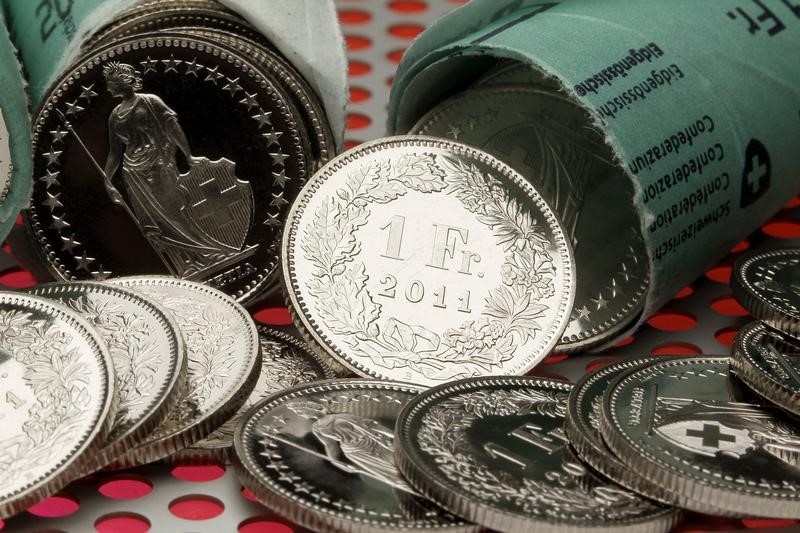UBS has released a report analyzing the impact of the Swiss National Bank’s (SNB) surprise rate cut in March on foreign exchange markets. The SNB’s early action, before other major central banks, led to a wave of carry trades, leading to a significant weakening of the Swiss franc against major currencies, especially the euro. The yield difference between the Swiss franc and the euro, now over 200 basis points, has led to a strong rise in the pair.
Market futures indicate a substantial build-up of short positions in the Swiss franc, pointing to downside risks for the exchange rate. However, UBS expects that these short positions are likely to limit the upside of the USDCHF pair around the 0.92 level.
The Swiss economy is expected to maintain a growth rate of around 1.5%, while US growth is expected to slow from 2.4% this year to 1.4% next year. The SNB is forecast to further cut rates by 50 basis points by September, and keep rates at 1% for the entire forecast period.
UBS also forecasts that the Federal Reserve will begin rate cuts in September, reaching a total of 100 basis points by June 2025. This policy change is expected to keep pressure on the Swiss franc until the Fed’s rate cuts later this year.
The report notes that the outcome of the US elections, whether a Biden or Trump victory, is unlikely to have a significant impact on the US dollar as many of Trump’s policies have already been adopted by Democratic leaders.
The report further discusses how geopolitical tensions surrounding the US elections could impact the currency. An increase in tensions could inflate the Swiss franc, while increased military rhetoric traditionally benefits the US dollar, affecting the USDCHF to a lesser extent.
In terms of investment implications, UBS expects the USDCHF to remain above 0.90 in the coming months, with a possible decline if the Fed starts cutting rates. The company identifies support for the USDCHF around 0.85 and resistance around 0.92.
The report concludes that a rebound in global growth could strengthen the euro and, to some extent, the Swiss franc against the US dollar.
This article was produced with the support of AI and reviewed by an editor. For more information see our General Terms and Conditions.


